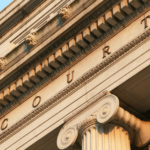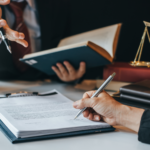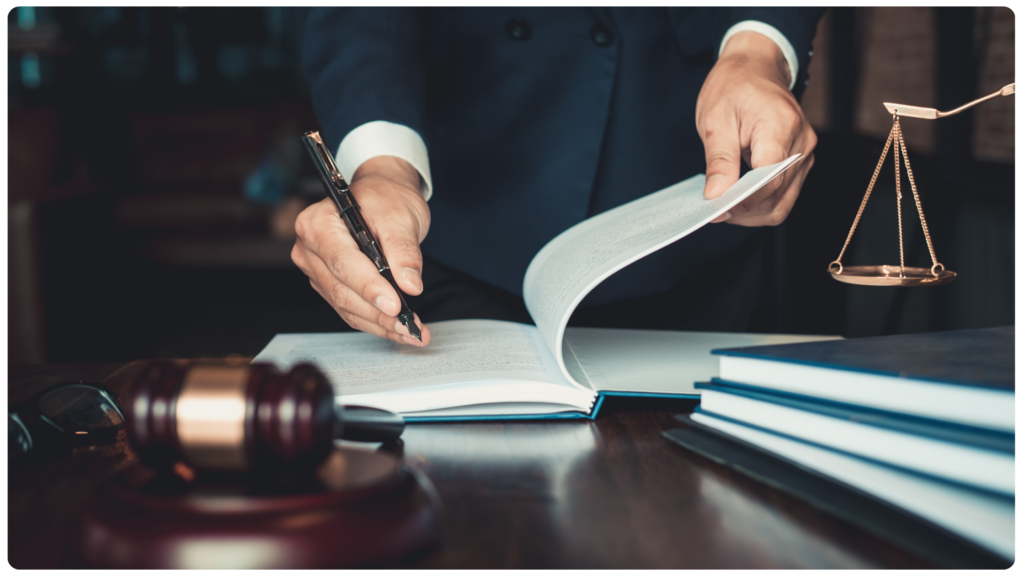Legal malpractice suits are complicated endeavors that require a two-level analysis. First, there is the issue of whether or not the defendant-lawyer engaged in misconduct arising to malpractice. If so, there is a second issue to address: whether or not the defendant-lawyer’s malpractice actually caused the damages to the client.
Proving the causal link between the defendant-lawyer’s malpractice and the client’s injuries is difficult. Having a logical explanation or theory of how the lawyer’s conduct may have caused the loss is not enough and will be called speculation. Rather, the causal link to be proven must be shown through inferences derived from evidence in the case.
This article will first address the law underpinning that causation analysis by reviewing the idea of a “trial within a trial” and discussing the factors that the court will consider. The article will then show some specific examples of courts analyzing causation.
The Elements of a Legal Malpractice Action
Like any legal claim, a claim of legal malpractice has basic elements that a plaintiff must prove against the defendant-lawyer to prevail. Those elements are:
- Duty: A duty is an obligation of the lawyer owed to the client, and in a legal malpractice action, this will arise from the attorney-client relationships itself.
- Breach of Duty: The defendant-lawyer’s “breach” of the duty owed to the client is the particular action or inaction taken by the defendant-lawyer that violated the legal duty the owed to the client.
- But-For Causation: Every plaintiff must prove “but-for” causation, meaning that they must prove there would have been a better result in the underlying case if not for the lawyer’s conduct.
- Proximate Causation: Plaintiffs must also prove that bad result necessitated by the defendant-lawyer’s conduct was foreseeable based on what the lawyer did. Questions of proximate causation are also based on public policy considerations such as the economic impact of a case on the legal profession.
- Damages: Plaintiffs are always required to plead and prove the monetary value of the injury caused by the defendant-lawyer’s alleged malpractice.
Proving Legal Malpractice is a “Trial-Within-a-Trial”
Claims alleging legal malpractice against a defendant-lawyer caused by the attorney’s failure to provide adequate representation require a showing of causation. More specifically, they require plaintiffs to show what should have happened in the underlying case. Proving what should have happened in the underlying case will usually require the plaintiff to recreate the underlying action to prove that the defendant-lawyer’s conduct caused the plaintiff’s damages. By recreating the underlying action, the plaintiff can show that the action would have been successful if not for the defendant-lawyer’s malpractice.
Recreating the underlying action frequently involves calling and examining the people who would have been witnesses at trial in the underlying case and putting on the evidence that would have been introduced. Often, the testimony of an expert witness is required to establish what falls within and outside the parameters of acceptable professional conduct in a given case.
These witnesses are the best evidence available to prove that, if not for the defendant-lawyer’s malpractice, the underlying action would have been successful. This unusual state of affairs is why proving legal malpractice is called a “trial-within-a-trial” or a “case-within-a-case.”
Causation is About “Should” & “Would,” Not “Might” or “Could”
Courts reviewing causation in a legal malpractice action do not allow causation to defined by questions of what “might have happened” or what “could have happened” because these questions are necessarily speculative. Rather, the court will ask two questions in to resolve issues of causation:
- What should the defendant-lawyer have done in the instance of malpractice?
- If the defendant-lawyer had done that, what would the result of that case have been?
Exemplifying the Evidence: A Local Example
Cook v. Continental Cas. Co. is an example of an instance in which a court required a trial-within-a-trial to prove malpractice in order to prove that the defendant-lawyer committed malpractice. The plaintiff in that case was an over-the-road driver for a trucking company who sustained a back injury after he fell while trying to climb on top of his truck to perform maintenance activity, and he alleged that the manufacturer of the ladder he was climbing caused his injury. That truck-driver retained the defendant-lawyer in this case to represent him in a personal injury lawsuit.
The act of malpractice alleged against the defendant-lawyer was the lawyer’s decision not to call truck-drivers who would have testified about falls under similar circumstances. The truck drivers would have given testimony about slips on the same kind of ladder using the same climbing technique as plaintiff.
The appellate court in that case held that a trial with testimony from the witnesses and a showing of the evidence from the original was necessary to resolve the issue. That appellate court noted that the question of whether or not the defendant-lawyer’s conduct breached his duty to his client was one that usually cannot be decided without a trial or evidentiary hearing.
There are five elements of a legal malpractice claim, but causation is often the most difficult one to prove. Proving causation in a legal malpractice claim brought against an attorney will require showing that, absent the malpractice, the prior legal matter would have had a more positive result. Typically, this can only be done by holding a trial-within-a-trial and having the issue centered in the previous matter decided by the jury in the current malpractice suit.
Proving causation in a legal malpractice is an intricate endeavor that requires experienced counsel with significant experience in the subject and a deep understanding of the law.
Legal Disclaimer: The information on this blog is for general informational purposes only and does not constitute legal advice. It is based on current legal standards but does not create an attorney-client relationship. For advice specific to your situation, consult a qualified attorney.
The views expressed are those of the individual authors and do not reflect those of any affiliated organizations or a single Katz Law Firm lawyer or agent. The accuracy and applicability of the information may vary. The blog owner and authors assume no liability for actions taken based on this content. Always seek professional legal counsel before making any legal decisions.


















